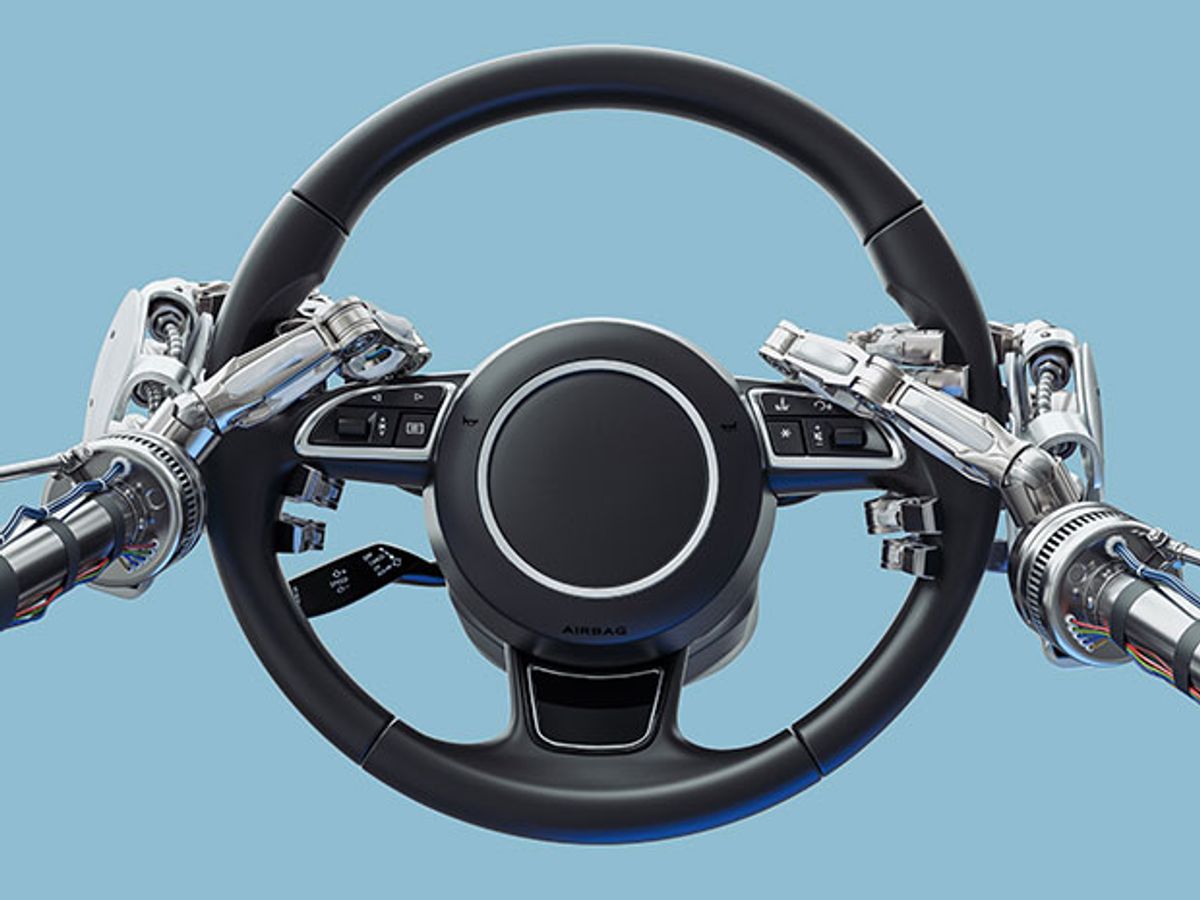If the guy behind the steering wheel is unready to drive, then the robocar had better know about it in good time. Only then can it decide whether to remain at the helm or yield control to a pair of carbon-based hands.
We’ll face this issue in the long interregnum between all-manual driving and robotic driving. But it’s one problem that IBM researchers think they can help to solve. They come well equipped, because they’re using techniques they’d originally developed for medical applications. They’ve recently been granted patents on some of the ideas.
“We’d been doing work in analyzing human cognition under different levels of impairment, say under anesthesia and the influence of different types of drugs, so it was a natural repurposing of this,” says James Kozloski, a researcher at the IBM Thomas J. Watson Research Center in Yorktown Heights, N.Y. Among the physiological data they study are heart rate, electrical signals from the muscles, and posture.
Sometimes, the decision to hand the wheel to the human is straightforward. The car might keep an eye on the driver and transfer control to him only when he’s facing forward. Or it might decide that when the car’s headlights have burned out and it’s pitch black outside, the car’s radar and other sensors give it a better chance than the driver of avoiding collisions.
IBM often likes to link its AI products to the most famous one of them all, the Jeopardy-beating Watson machine. But Watson’s an expert system, a rules-based program that boils down the expertise of professionals—say tax accountants or cancer specialists—then serves it back to them to make them more effective in their jobs. And indeed, Watson’s powers are behind a self-driving bus service called Olli, now in service in Washington, D.C.
But IBM’s latest patents have little to do with expert systems. “When dealing with signals that must be categorized for prediction [of human behavior], then we’re in a different class of machine learning,” Kozloski says. “In our case, we apply neural networks and a variety of prediction algorithms to predict an individual’s cognitive state.”
In one patent, Kozloski and his colleagues looked at how a self driving car might construct a model of a particular driver’s habits. “Maybe he’s someone who likes to brake hard, versus coasting up to the stoplight,” he says. “The system can become more aware of the optimal strategy to interact with that driver on the road.”
Sounds a bit like a euphemism for managing the human being for his own good, doesn’t it? Maybe when machines are not just intelligent but shrewd, they’ll be doing that sort of thing all the time.
Philip E. Ross is a senior editor at IEEE Spectrum. His interests include transportation, energy storage, AI, and the economic aspects of technology. He has a master's degree in international affairs from Columbia University and another, in journalism, from the University of Michigan.



